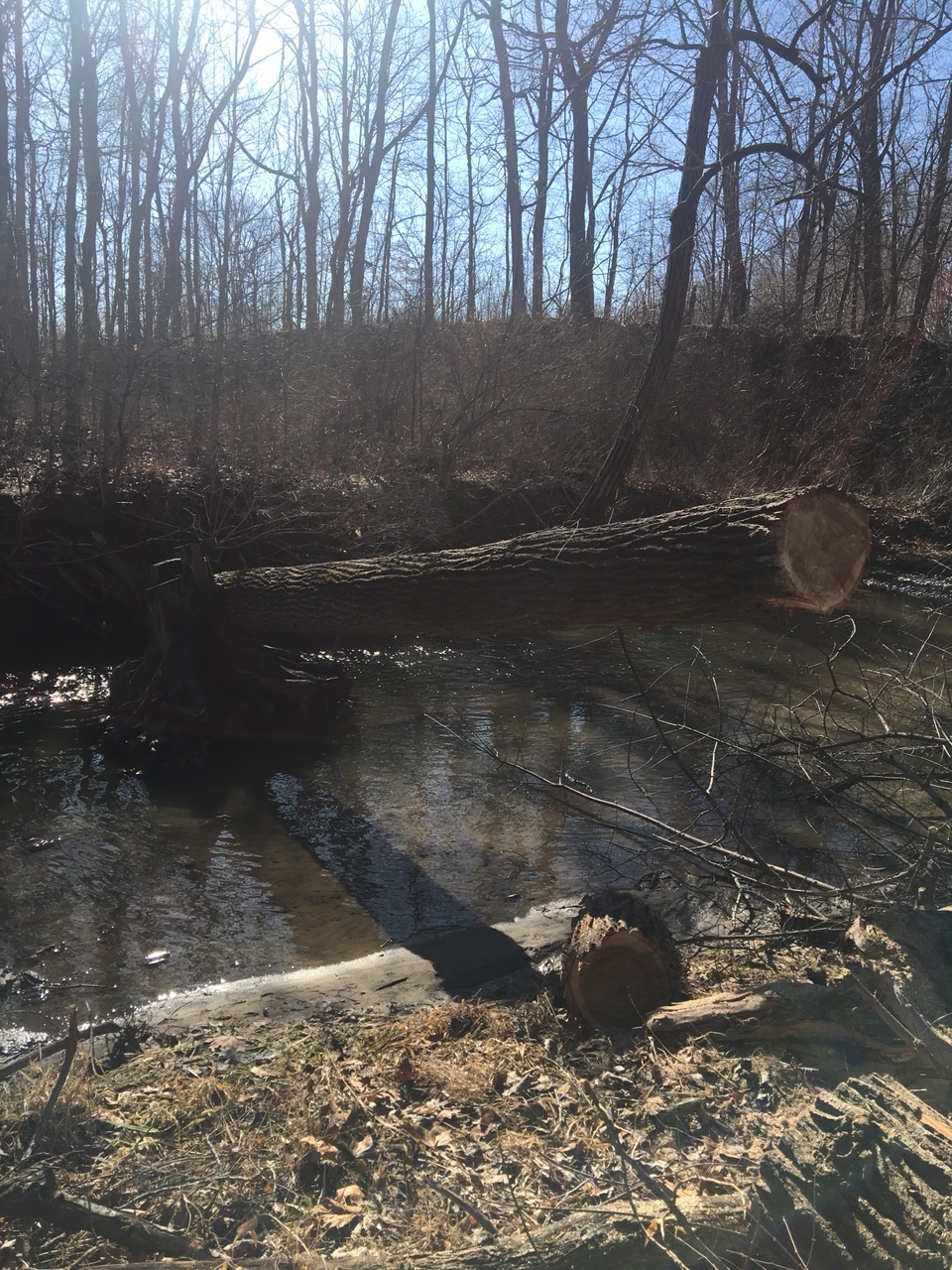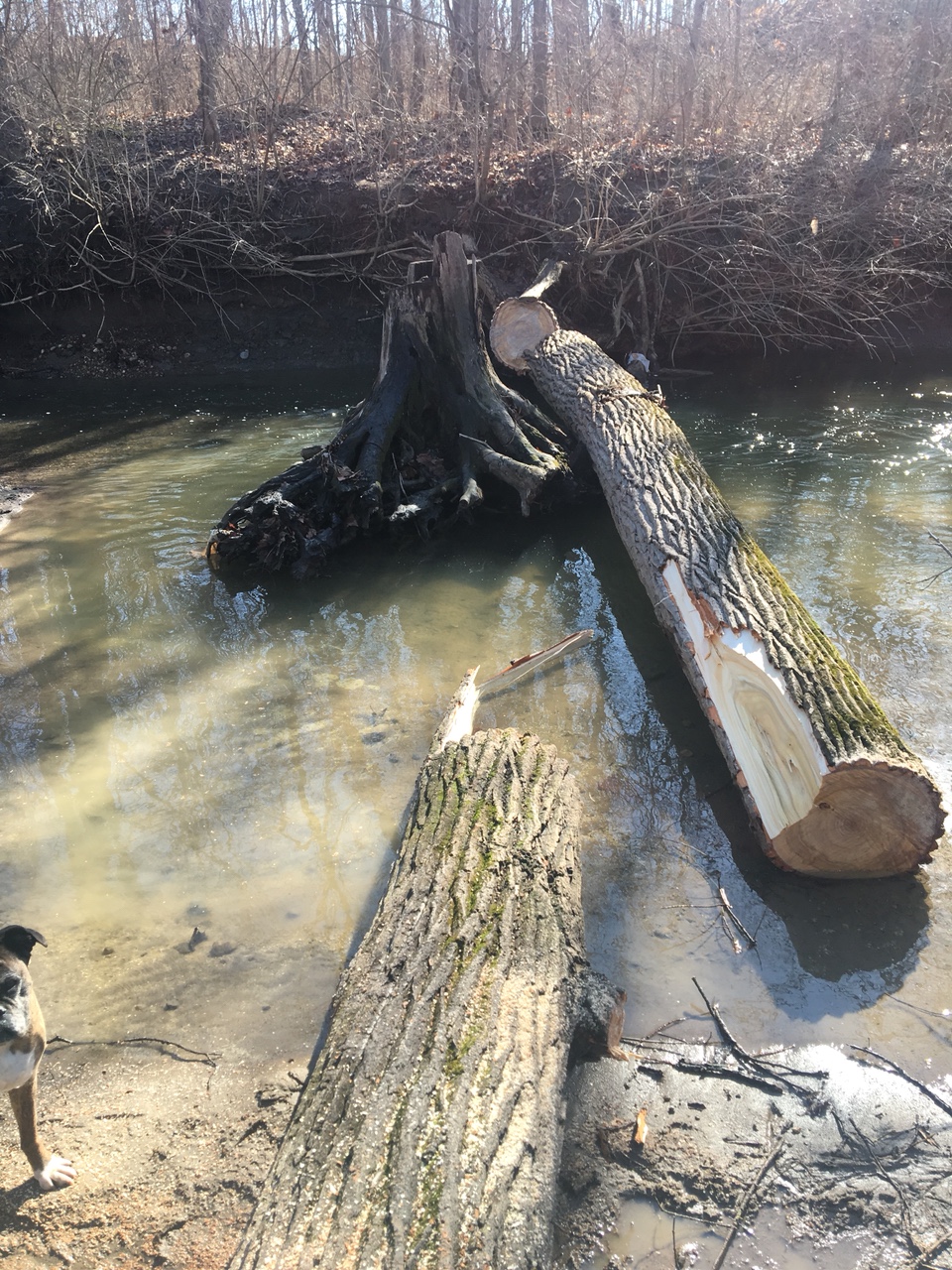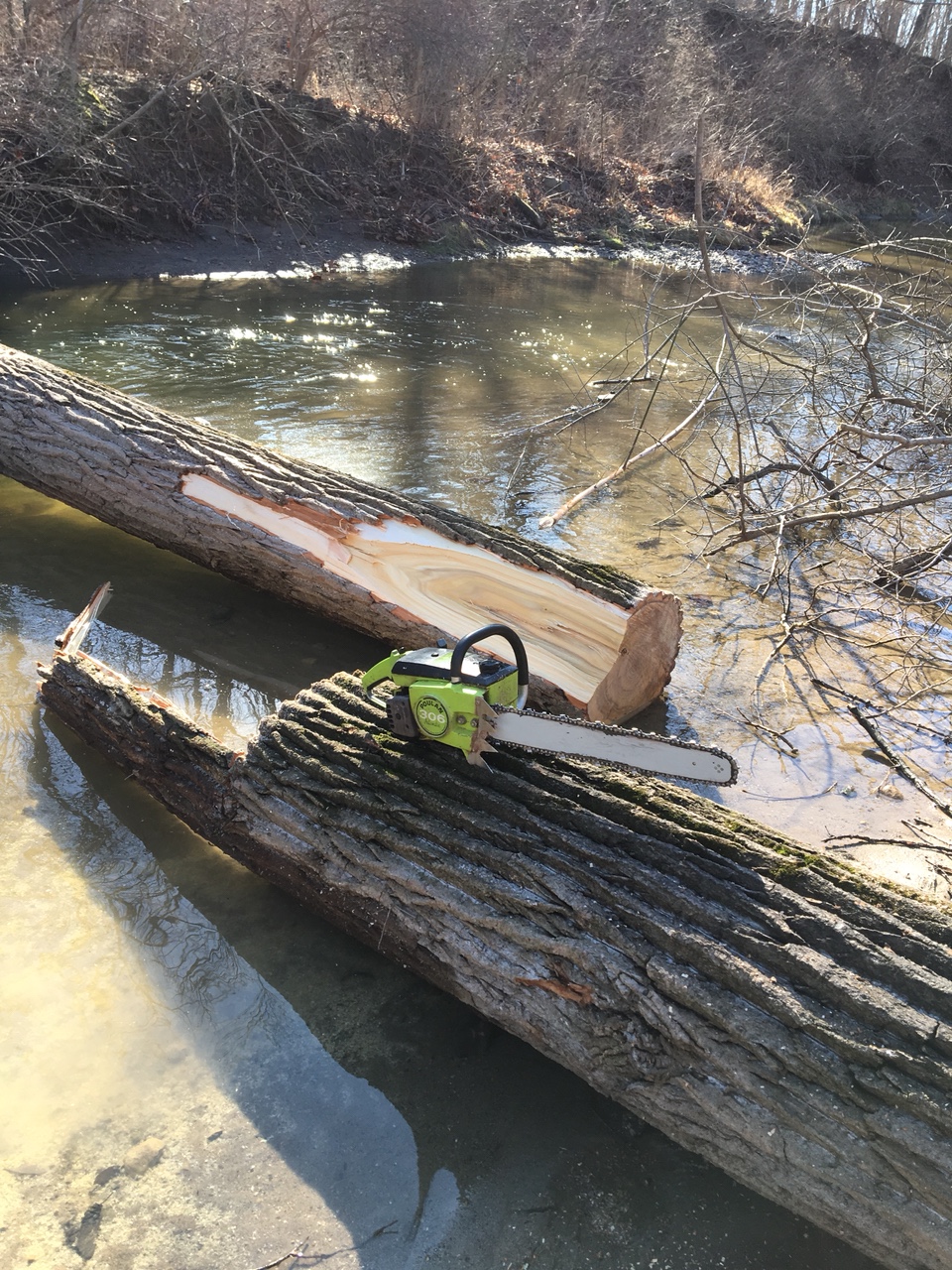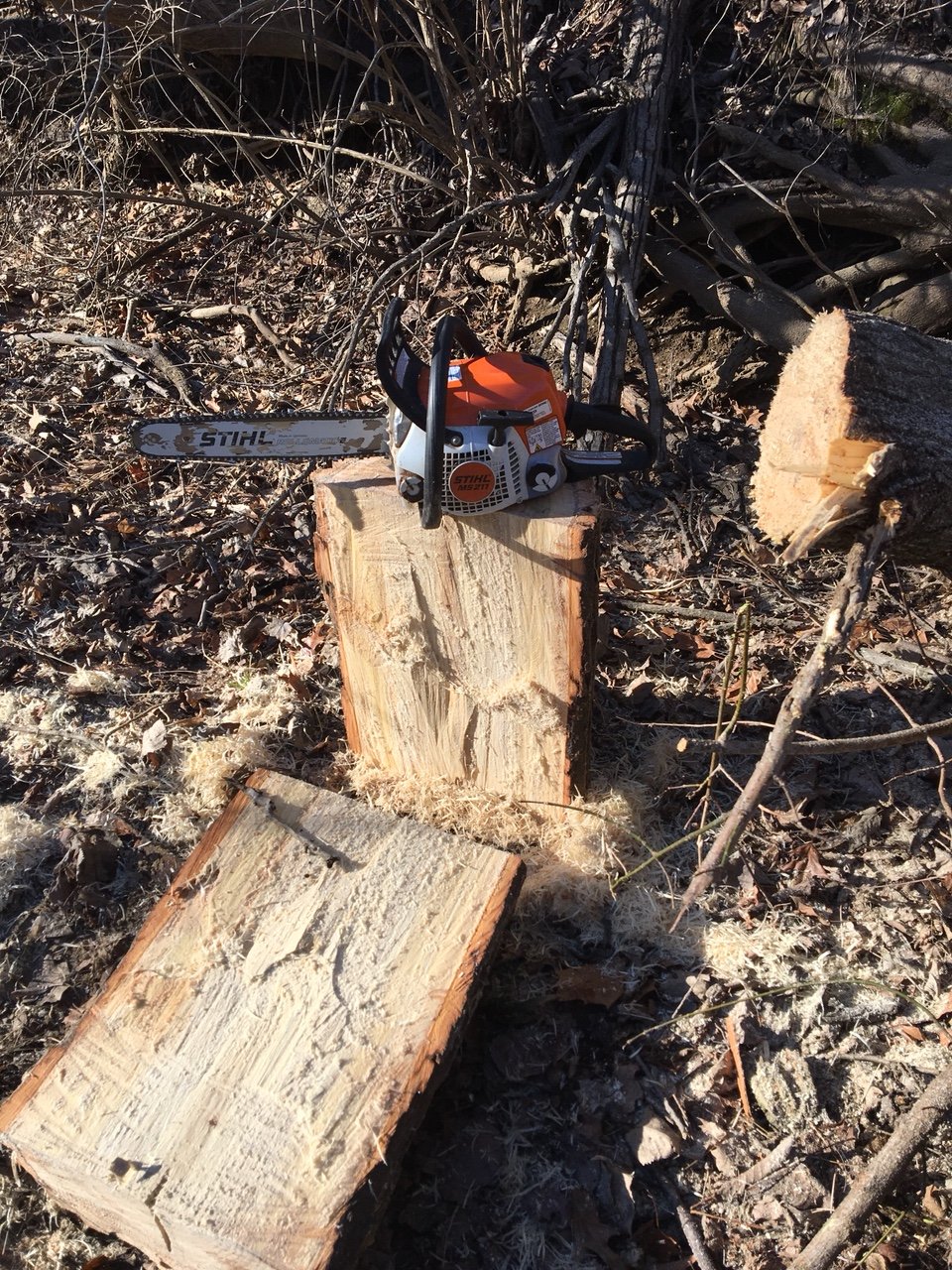BL also poisions the soil around it so other trees are less likely to thrive. But the wood lasts and lasts even if it is tough to work with.
I have found that the small leaves on BL let enough light to the ground most anything grows under them, they love fence rows and always have thick under brush around them. Black Walnut produces "Juglones" that poisons the soil and will keep some plants from growing under them.
Ecological Niche
Black locusts will stampede out into a field or old gravel pit, or anywhere that things have been opened up for them. They are a pioneer species that will not become established in a forest.
Locust casts a very light shade. The leaves are made up of small round leaflets that allow a tremendous amount of light to pass through. The shade created by black locusts is so weak that undergrowth is always rampant underneath them. Most stands of black locust are tangles of honeysuckle and multiflora rose. Where exotic shrubs do not dominate the understory, hardwood tree seedlings find an excellent place to become established. The light shade offers protection, while the locust trees improve the soil through their nitrogen fixation and easily compostable leaf litter.
Black locusts are a short lived tree. Because of their shallow root system, they typically start falling over by the time they reach 60 plus years old. By this time, an abundance of hardwood seedlings have become established in the understory and will be ready to take over.
Seed production of black locusts begins early and can be heavy. The trees produce pea shaped pods containing a row of small hard seeds. These edible seeds, with their hard seed coat, can remain dormant in the soil for decades. Perhaps, they are waiting for the next forest disturbance to sprout again. The seedpods flutter off in the wind, but they do not travel very far at all.
Juglone, also called
5-hydroxy-1,4-naphthalenedione (
IUPAC) is an
organic compound with the
molecular formula C10H6O3. In the food industry, juglone is also known as
C.I. Natural Brown 7 and
C.I. 75500. It is insoluble in benzene but soluble in
dioxane, from which it crystallizes as yellow needles. It is an
isomer of
lawsone, which is the staining compound in the
henna leaf.
Juglone occurs naturally in the leaves, roots, husks, fruit (
the epicarp), and bark of plants in the
Juglandaceae family, particularly the
black walnut (
Juglans nigra), and is toxic or growth-stunting to many types of plants.
[1] It is sometimes used as an
herbicide, as a
dye for cloth and
inks, and as a coloring agent for foods and
cosmetics.
Contents
[
1History

























